Moving Beyond the Business Transaction Toward a Transformational Relationship and Client Sustainability
Why Are You in Business?
Why is anybody in business? Why do businesses exist in the first place?
The answer is pretty simple: to make money. Period. No more, no less. Let’s keep this simple.
How Does a Company Make Money?
A company makes money by providing something people want and are willing to pay for, ideally more than once. Again, pretty simple.
But how does a company make money repeatedly, over the long term, sustainably? That answer is not so simple.
The Challenge of Sustainability
Why isn’t the answer simple? Where do we lose our way from the straightforward act of providing a product or service once to the complexity of doing so sustainably?
To explore this, let’s consider some key concepts.
Management and Transaction
First, consider the notion of management. These are the people that run things, and give direction. For example, Imagine a company hiring a consulting firm to solve an internal problem. Management identifies the issue and hires the consultants. This happens all the time. Simple.
Signing the contract with the consulting firm is an example of a transaction – a straightforward exchange: I give you something, and you give me something in return. Simple. A manager signs a contract, the consultant fixes the problem quickly and affordably, and then leaves. Problem solved. It is managerial, transactional, and highly tactical. It’s not very personal and it happens all the time.
But What About the Results?
The manager expects the problem to be solved permanently. The consultant is satisfied with the contract. Transaction complete. But what about the results? Is there any room to discuss relationships within a transaction? Typically, relationships don’t matter in a transaction.
However, consider that a significant percentage of consulting projects fail to meet sustainability expectations. One source suggests that 4 out of 10 projects fail to deliver desired results, while another suggests the number is closer to 7 out of 10. Anything less than an 80% or 90% success rate should raise questions about the effectiveness of the transaction – but does it?
Understanding the Problem
How well did the manager understand the transaction in the first place? Did they fully grasp what was required to solve the problem once and for all? Remember that this is the manager who oversaw the situation in which the problem arose. Managers are often tasked with identifying issues and finding quick, cost-effective solutions. But are we solving the problems for good, or just painting over a rusty post?
Sustainability
Let’s introduce the concept of sustainability, which simply suggests something will last over time. A successful business desires sustainability in performance, growth, cost reduction, and customer satisfaction. They want customers to return, and they want problems solved in a way that endures.
Simple.
Management Mindset and Transaction Belief
If most transactional consulting projects fail to deliver on expectations, where should we look for solutions? What is missing with this standard practice?
Transformation
Let’s introduce another concept: transformation, which simply means that something changes – often significantly. How can this concept help reduce the number of failed consulting projects? What’s the difference between transaction and transformation?
True business transformation involves significant and sustainable attitudinal and behavioral change, built on intentional relationship development. It requires commitment to making necessary changes and establishing them as the new normal. It’s about trust, respect, and leadership among all parties involved.
A New Approach
In a traditional model, a transaction is an exchange between two separate entities intended to solve an immediate problem. It cares little about the people involved or their relationships. It is more sterile than personal.
However, a transformational model is different. It focuses on the long term and sustainability. It’s rooted in respect for talented, knowledgeable people – both the consultant and the internal team members. It involves a manager who can look beyond the transaction to patiently and courageously lead people in finding and implementing sustainable solutions.
Asking the Right Questions
What if the manager understood that problems don’t appear in isolation, and that cause-and-effect relationships can be difficult to see, measure, and diagnose? What if the manager recognized the organizational connectivity between various business systems, including human systems, and hired a consultant to analyze the symptom and conduct a comprehensive root cause assessment in cooperation with the team?
Leadership
This brings us to one more important concept: leadership. What is the difference between a manager and a leader? Some say,“We manage things, but we lead people.”
Can we now consider our manager – who is asking all the right questions and understanding the complexity of sustainable solutions – a true leader? A leader recognizes that sustainable solutions require collaboration among skilled, dedicated people who are willing to implement and maintain the transformation.
The Path to Long-Term Success
To make money for the long term, adopt a leadership mindset that enables thorough solutions to complex problems. Embrace knowledgeable counsel, develop trust-based relationships, and commit to sustainable outcomes.
Simple.
Ready to advance your leadership?
We’d love to hear from you to see how we can help you become the most effective leader you can be.





